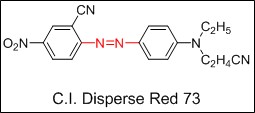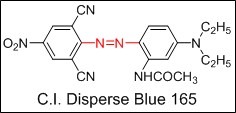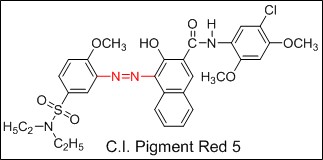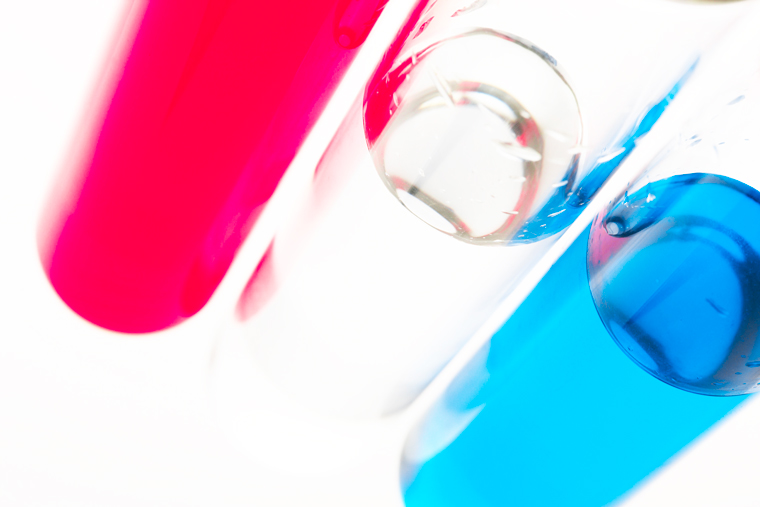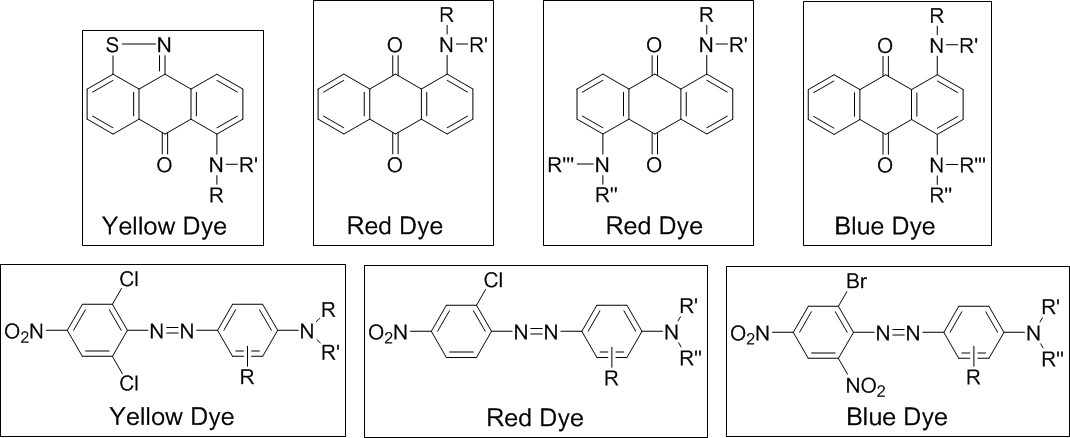The eight development concepts
1. Bringing high-quality dyes and pigments to the world

|
| In 1954 we developed azo organic pigments using the diazo and coupling reaction. | |
| We continued researching the diazo and coupling reaction, successfully developing disperse dyes in 1966 and reactive dyes in 1982. | |
| We'd like to take this opportunity to introduce our core technologies which have been incorporated into products developed over the past sixty years. |



